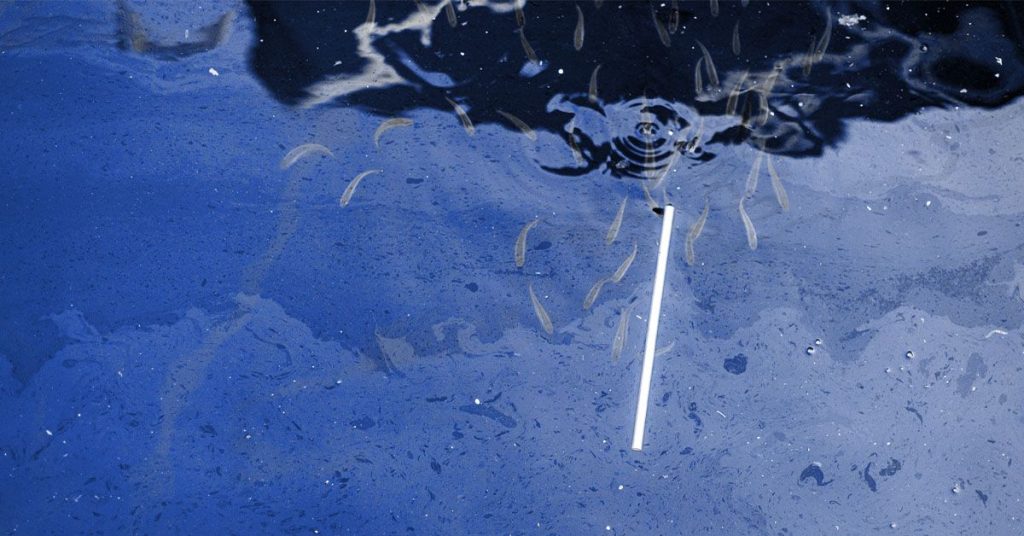Researchers are exploring the impact of various environmental factors on male fertility and have recently confirmed the presence of microplastics in dog and human testes. A study published in Toxicological Sciences identified 12 different types of microplastics in these tissues. Higher levels of certain microplastics were associated with reduced sperm count and testis weight in dogs, suggesting a potential negative impact on fertility. Male infertility is a widespread issue, with a variety of factors contributing to its development, including exposure to environmental toxins. Experts hope to gain a better understanding of how microplastics may contribute to declines in male fertility, as male factor infertility accounts for a significant percentage of infertility cases worldwide.
Infertility is defined as the inability to conceive after 1 year of unprotected sex, and male infertility accounts for around 20% of cases. There are many potential causes of male infertility, including endocrine disorders, genetics, and exposure to environmental toxins. Male infertility can be a challenging issue that takes a psychological toll on individuals and couples, but unlike women, men do not have a cutoff age range for infertility. Various factors, such as medical conditions, medications, illicit drugs, and environmental exposures, can impact male reproductive hormones, sperm counts, and sperm quality. Understanding how the environment affects male fertility and identifying possible changes to improve fertility rates are areas of interest for researchers.
The study examined testis tissues from dogs and men to investigate the relationship between microplastics and male reproductive systems. The research included samples from 47 dogs and 23 men, identifying 12 different types of microplastics in these tissues. Human tissue samples had approximately three times more microplastics than dog tissue, with polyethylene (PE) and polyvinyl chloride (PVC) being the most common types found. The presence of certain microplastics in dog tissue was associated with decreases in sperm count and testis weight, indicating a potential negative impact on fertility. Further research is needed to understand the full impact of microplastics on reproduction.
The study suggests that environmental factors, such as microplastics, can penetrate the testicles and semen, potentially causing detrimental effects on testicular function and sperm production. While some microplastic types were associated with decreases in fertility markers, more research is required to establish causality and determine the dose-response effects of these substances. Limitations of the study include a small sample size, the source of human tissue samples, and the potential loss of smaller nanoparticles during analysis. Researchers emphasize the need for further studies to investigate the mechanistic effects of microplastics on the reproductive system and to better understand the implications for male fertility.
Overall, the study highlights the presence of microplastics in male reproductive organs and raises concerns about the potential impact on fertility. More research is needed to determine the long-term effects of microplastic exposure on male reproductive health and to establish a causal relationship between microplastics and declines in fertility markers. Understanding how environmental factors can influence male fertility is crucial for developing strategies to protect reproductive health and improve fertility rates worldwide.Further research is essential to determine the extent to which microplastics affect male fertility and to identify potential interventions to mitigate their impact.













